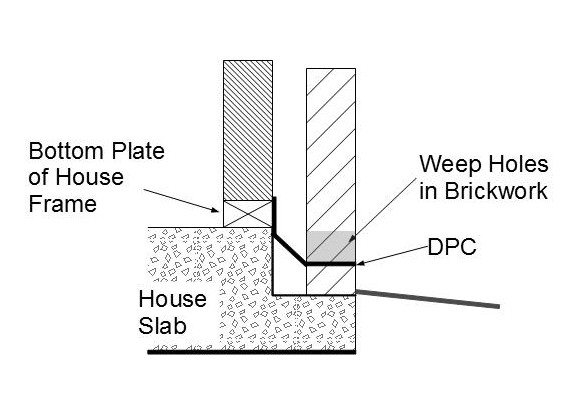Found a big block and would like to split it into two? ……… or just looking to build another house on your block?……….You are going to need to subdivide the block.
Here is an idea of the process for Victoria (It will be similar in other states but check with your local council to make sure you get the details right)
Stage 1 – Planning Permit
You will need to make a formal application to the Council for a planning permit.
As part of its decision making process Councils time will advertise your proposal to adjoining property owners.
It will also require consent to the issuing of a permit from the Servicing Authorities (water, sewer, gas, telephone, drainage) and the highway authority.
Generally it will take 60-90 days for the Planning Permit but it might be longer if there are objections.
The Planning Permit will outlines conditions that must be met. These can include: Servicing Authorities requirements, such as construction of vehicle crossings, drainage works and contribution towards open space where applicable. The Planning Permit may also request the submission of amended plans.
Stage 2 – Certification
Certification is an administrative step to ensure that the Plan of Subdivision is satisfactory.
The Plan of Subdivision for Certification is referred to the Highways and Servicing Authorities to determine.
- Whether Easements are required for their services.
- Engineering plans for required works are approved (eg. construction of roads, drainage and services,
Once the Servicing Authorities have consented to the Plan of Subdivision and Engineering plans have been approved the plan can be Certified.
The Certified Plan is valid for five years, if the plan is not registered at the Titles Office within that time, the plan expires.
Stage 3 – Compliance
A Statement of Compliance is required to allow registration of the subdivision at the Titles Office and obtain release of the new titles by the Titles Office.
Compliance requires all the conditions of the Planning Permit being met. This will include construction of any drainage and vehicle crossings, and payment to all Servicing Authorities for water/sewerage/drainage/electricity supply.
Council will only issue the Statement of Compliance after it has received a letter from each Servicing Authority and carried out a final inspection of the site.
Costs
See this post: Subdivision Costs
